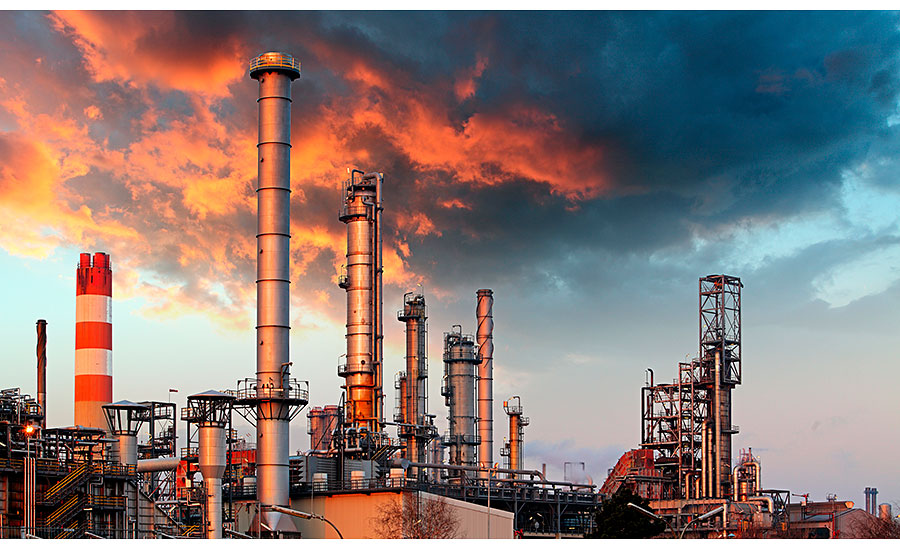When you think of a fenceline in the oil and gas industry, you likely think of a barrier or a division—a boundary that restricts access or protects from danger. But the oil and gas industry is constantly being pushed to innovate on a daily basis, and limits are continually being tested. In fact, the tough economic situation currently plaguing the industry is forcing companies’ hands to become increasingly inventive, breaking any boundaries inhibiting evolution.
In turn, safety manufacturers are being forced to keep pace with this momentum and develop equipment and technology that can increase efficiency, safety, production, and benefit the bottom line.
Solutions do exist, which can act as the catalyst to overcoming these perceived challenges, as well as serving as the starting point for companies’ exploration into how data can streamline and enhance production and safety practices. Easily implementable devices, including innovative mobile-area monitoring gas detectors, are pushing the boundaries for what’s possible and contributing to company performance.
But where do you start? Consider integrating the following three factors to truly achieve the next level of safety and success:
1 - Flexibility
Oil and gas workers operate in environmental extremes, forcing them to acclimate to harsh conditions while still remaining highly productive. Understanding this demand, manufacturers have developed safety solutions capable of adapting to numerous settings, while still affording users the greatest level of protection.
Portable area gas monitors eliminate the time spent breaking down and reassembling stationary and fixed systems, in addition to increasing the areas of operation where the device can be deployed. State-of-the-art mobile area monitoring solutions can extend the reach of safe zones—as users have the ability to connect a number of devices to create a wireless fenceline and extend the range of portable gas detection technology on site. A robust and water-tight design affords companies and users alike the ability to deploy these devices in a number of ways, allowing them to either be staggered or used for spot monitoring. By integrating wide-coverage solutions, oil and gas workers can rest easy knowing they can rely on their equipment no matter the task.
2 - Scalability
Be it breaking new ground in developing countries or simply expanding on-site production, a shared goal among the majority, if not all, oil and gas companies is growth. Despite the slump in oil prices, a recent Ashurst research report noted that “83 percent of companies expect a 'substantial' increase in M&A in the next three to five years, including an average expected increase of 50 percent by volume this year compared with 2015.1”
As you cast your eyes toward the future, you would be wise to shore up your foundations with solutions capable of scaling with them. Whether it’s expanding the monitored worksite area through the seamless and automatic interconnection of additional devices, or the relief of knowing additional equipment may not be required to transmit information between units as developing infrastructure threatens to impede connectivity, investing in multifaceted devices can transform a single-purpose instrument into a cohesive unit. Plus, systems that can reliably measure harmful concentrations of combustible gases and vapors, such as O2, Cl2, CO, CO2, H2S, HCN, NH3, NO, NO2, Ph2, SO2 and organic vapors, increase their operational use over the course of time, or throughout a single site.
3 - Data analysis
It’s become clear that data is the way of the future. It can pull back the curtain and reveal critical information to help increase safety and streamline workflow. Understanding time is a precious commodity within the oil and gas industry; today’s devices are being developed to transfer the data logged from the deployed devices via radio signal to a central PC-based workstation up to three miles away at a frequency between 902 and 928 MHz. This allows supervisors on site or located remotely across the globe to simultaneously pay attention to any unusual readings and trigger alarms, notifying workers of potential threats.
Moreover, plant managers and safety officials throughout various locations are provided access to comprehensive layers of data such as battery charge levels, the gas type or concentration, gas fluctuations over time and wireless disconnection patterns. Conducting this data analysis can yield particularly informative findings, especially when reviewing long-term worksite trends, and help to shape future best safety practices.
Technology is paving the way toward greatly reducing the potential risk workers face. These tools of the future will continue to become integral facets of companies’ working routines, helping them use their manpower in the most efficient way possible.
1 https://www.ashurst.com/media-item.aspx?id_Content=13169









